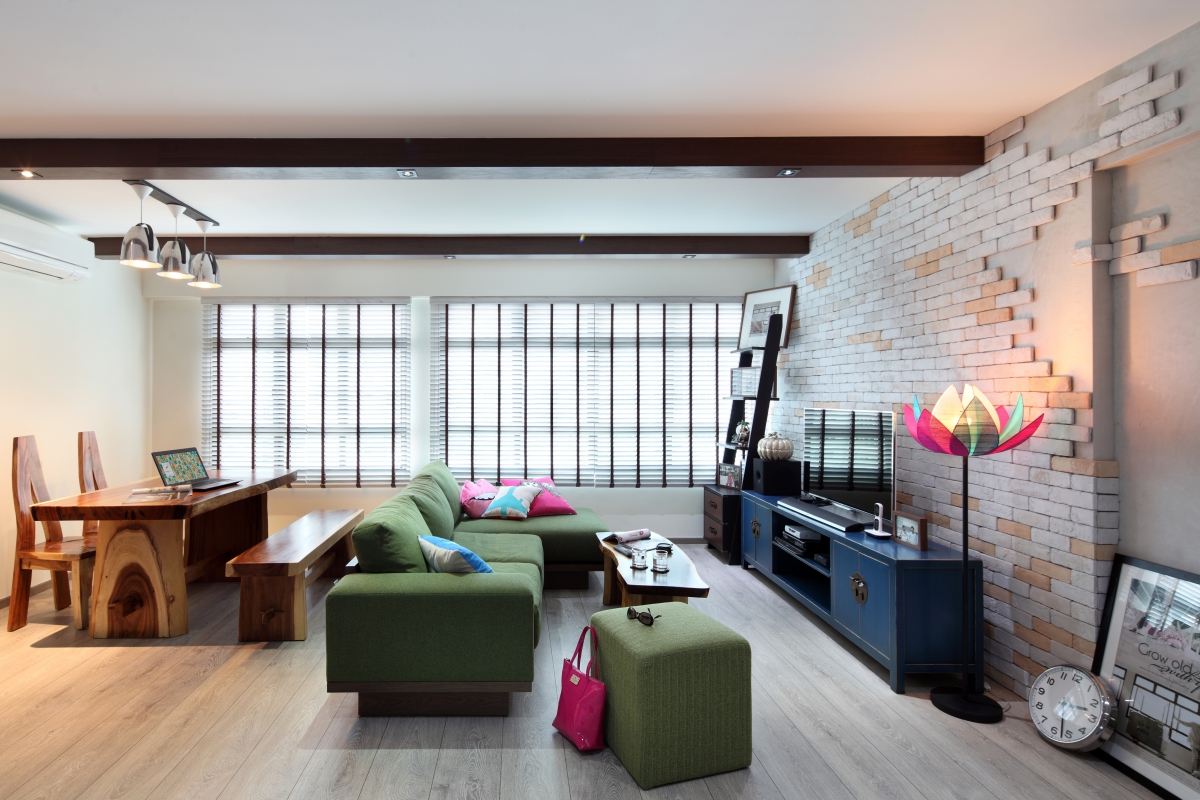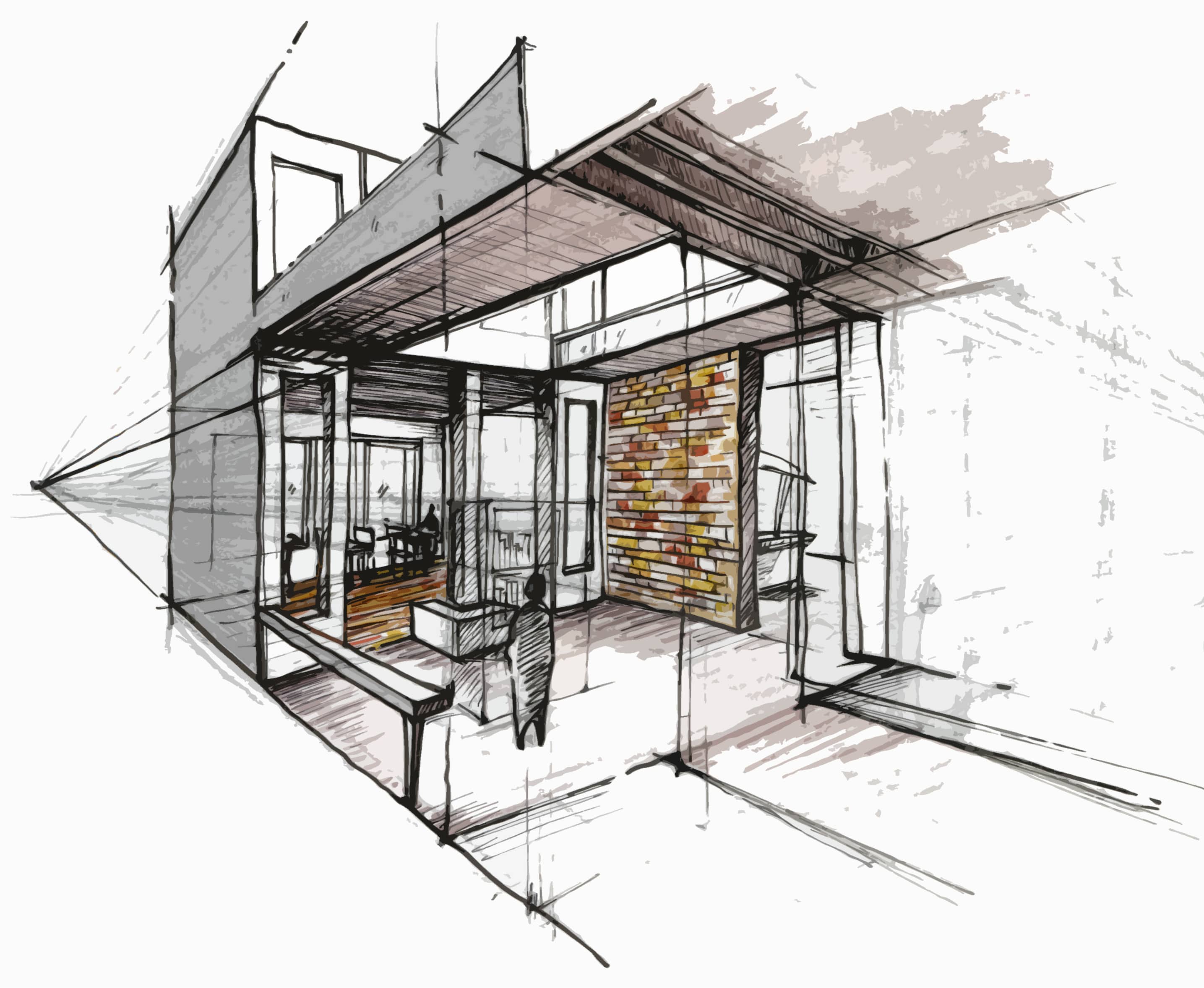How To Create The Perfect Architecture Resume
5 minutes read
2221 views
2221 views
(Guest Writer: Molly Gibson)
Current times can be characterized by several words – mobility and competition. This is especially applicable to labour markets around the world as the demand for qualified individuals rises. Such a situation is leading to increased competition among job seekers. When it comes to positions that require a high skill ceiling, the situation is the same or even worse.
Professionals around the world have to compete with one another, which creates some really complicated conditions and prerequisites to get hired. The first part of getting a job is to have one’s resume noticed by the recruiters.
Architects are one of those people who are in the high-skill ceiling group and it is important to know how to present oneself to the recruiters and stand out among other professionals. This brief guide will give you tips on how to create the perfect architecture resume!

Image © Racool Studios via Freepik
Basic Elements
The traditional elements of a great resume include several positions:
- Summary
- Education
- Work Experience
- Skills
Summary
The summary is basically your 'thesis', or a catchy introduction. It is used to basically grab the recruiters’ attention. It is highly advisable to avoid the use of “I” and keep it brief, about 2-4 lines is sufficient enough.
When it comes to a summary statement, you should slightly change it according to the company you’re applying to. This way, you’ll be able to highlight the things that particular recruiters are looking for.
Education
Being an architect requires extensive knowledge that comes with formal education. There are several important things to know. First of all, consider presenting your qualifications in reverse chronological order. This way, a recruiter is more likely to get interested in you if the highest qualification comes first.
Secondly, consider providing information about your relevant achievements if you’re a fresh graduate with a lack of work experience.
Work Experience
The most important thing here is the same as with the previous point – to use a reverse chronological order to showcase your real job experience. The next tip is to mention only the relevant previous jobs and the ones that will interest that architecture HR manager. Also, simply stating the name of the position and timeframe isn’t enough – describe your responsibilities.
If you lack extensive work experiences, consider using the so-called functional resume format. Instead of focusing on experience, you can describe what skills you were able to gain at each and every job. The use of different power words may come in handy here.
Skills
Each and every basic element of a resume is related. The use of power words is great, but there is more to the 'Skills' section of your resume. Nowadays, recruiters recognize both soft and hard skills.
Soft skills include things such as critical thinking, interpersonal communication, time management, and conflict management. That is why mentioning them and providing some examples is highly advisable.
As for the hard skills, these are the ones that you are more familiar with when thinking of a resume. Hard skills are essentially what you think of when you hear the word 'expertise'. These are learned abilities that include things such as additional languages and technical design skills. When it comes to an architect’s resume, you can think of a variety of abilities such as model-making, drafting, computer modelling, and so on.
Additional Elements
With basic elements covered, you can move on to less obvious yet highly important things when crafting your architecture resume. If you find yourself already overwhelmed by the amount of information, consider professional help from ResumeWritingLab.
These additional elements are:
- Briefness
- Honesty
- Proper Grammar
- Portfolio
Briefness
Having a brief (e.g. compact) resume is quite important when looking for a job. The majority of recruiters have to go through lots of letters during the day, leaving no time for essay-reading. That’s why almost half of recruiters consider one-page resume to be a perfect format, while one-third sticks to the idea that volume depends on the position. So, keeping it short yet detailed is essential for your letter to get noticed.
Honesty
The globalized and interconnected world is great, but it’s important to understand that people leave traces everywhere. That’s why it is pretty hard to hide anything, especially on social media. So being honest is the best way to go, especially if applying for an architecture job.
HR professionals are quite good at background checks so you might lose out on a possible interview if you decide to lie in your resume.
Proper Grammar
If you provide a recruiter with a resume with grammar mistakes in it, you may not be taken seriously at all. A well-reviewed and grammar-mistake-free resume is a sign of professionalism and seriousness of a candidate.
Portfolio
If you have a portfolio, consider providing it in a different document. This way, you will end up with a resume and portfolio documents – there will be no confusion or misunderstanding.
As simple as it may sound, there have been unfortunate cases of resumes with embedded portfolios or images unable to pass a recruiting software ill-equipped in recognizing pictures and graphs.
Final Thoughts
Being an architect is a prestigious profession and this comes with a number of things. You are expected to be a highly-skilled professional since your competitors are skilled as well, thus levelling the playing field. That is why it is important to make a great first impression through your architecture resume.
After all, this letter is the first thing that a recruiter gets to know about you; so, you may either pass or fail this first step.
That is why all the tips provided in this article are focused on particular details that are easy to overlook. Combining all of the information above, you will be able to make your own architecture resume!
~
Author's Biography: Molly Gibson is an experienced content creator who also specializes in the creation of customized resumes. She works with a number of different directions, including LinkedIn profile adaptation, interview preparation, and job search plan.
Request for quotes and we'll match you with a selection of Interior Designers!
Previous
Cooking Tips: Turbo’s Guide to the Best Flame to Cook Your Favourite Dishes to Perfection


 Sign Up with Google
Sign Up with Google

.jpg)

